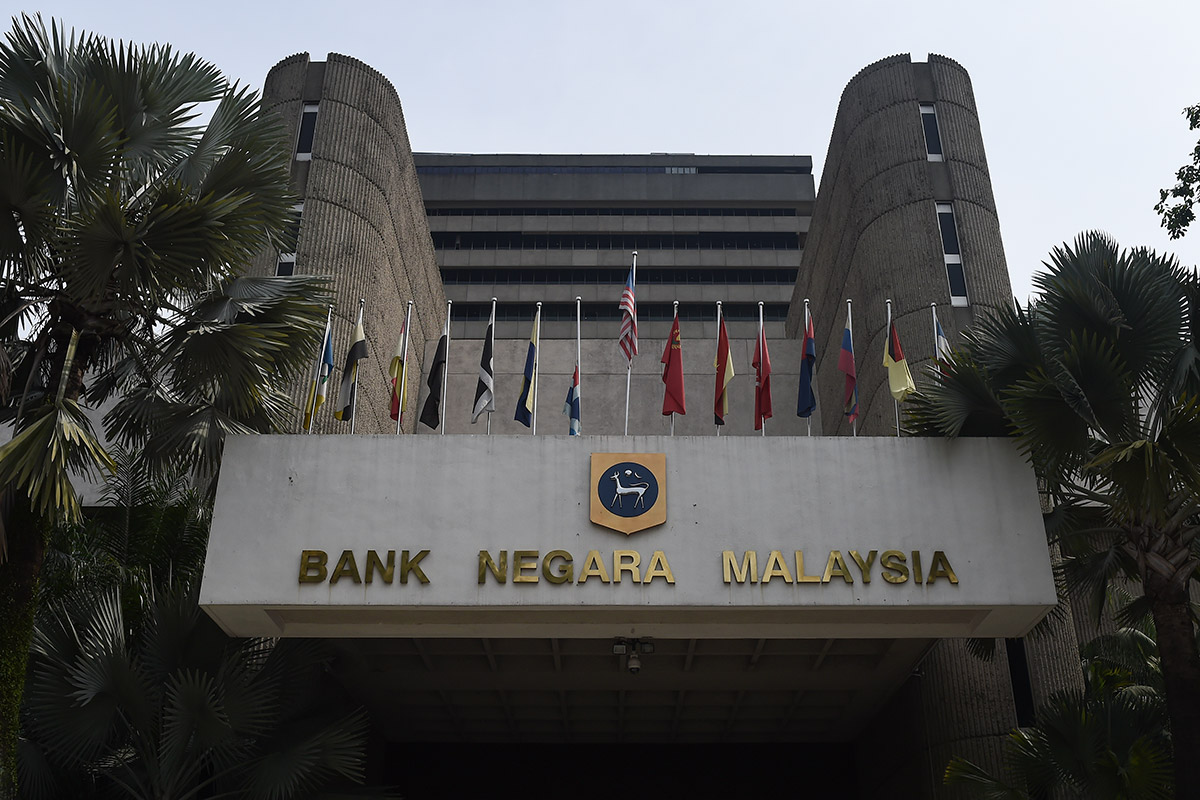Malaysia’s ringgit was sheltered from the worst of last month’s emerging-market selloff, thanks to higher oil prices. It may be about to make up for lost time.
Traders will be hovering over the sell button after Wednesday’s policy meeting in case the country’s central bank shows any sign of turning dovish due to the worsening United States (US)-China trade dispute and the new government’s decision to cut back on infrastructure spending to trim its debt burden.
The rally in oil prices is also in danger of peaking after OPEC and its partners agreed last month to boost output, and US President Donald Trump lashed out at the group for not doing enough to reduce gasoline costs.
While central banks in Indonesia, the Philippines and India have all raised rates in recent months to bolster their currencies, Malaysia may end up doing the opposite. Analysts predict economic growth will slow to 5.5 percent this year from 5.9 percent, while inflation will cool to 2.5 percent from 3.9 percent, giving new Bank Negara Malaysia (BNM) Governor Nor Shamsiah Mohd Yunus plenty of reason to ease policy.
Although analysts predict BNM will keep its benchmark unchanged at 3.25 percent this week, they have been trimming predictions for a future increase. The market implied policy rate for one year’s time has declined to 3.28 percent from 3.41 percent in May, data compiled by Bloomberg show.
Morgan Stanley predicts the ringgit will weaken to 4.28 per US dollar by year-end due to expectations for a stronger US dollar, concern about Malaysia’s debt burden and ongoing political uncertainties. Barclays Plc says it will drop to 4.20 amid a possible deterioration in the nation’s finances after the scrapping of the goods and services tax (GST). The currency was at 4.0373 late on Friday.
Prime Minister Mahathir Mohamad has made clear his preference for the ringgit’s direction, saying its fair value should be 3.8 per US dollar. While it may eventually appreciate to that level, the short-term risks are for it to go the other way. – Bloomberg
